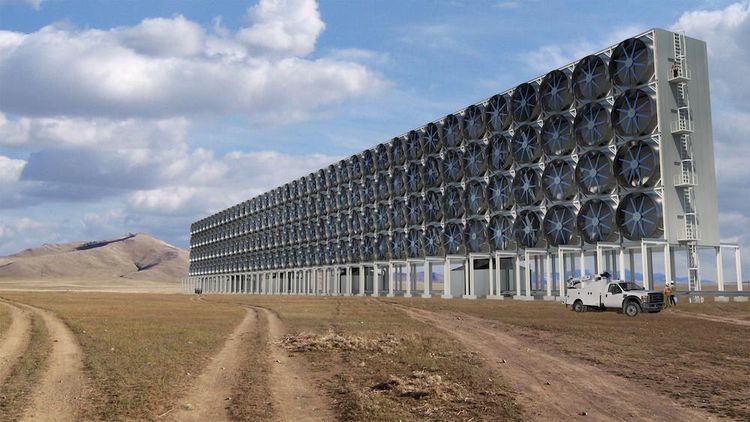Applications of Carbon Dioxide
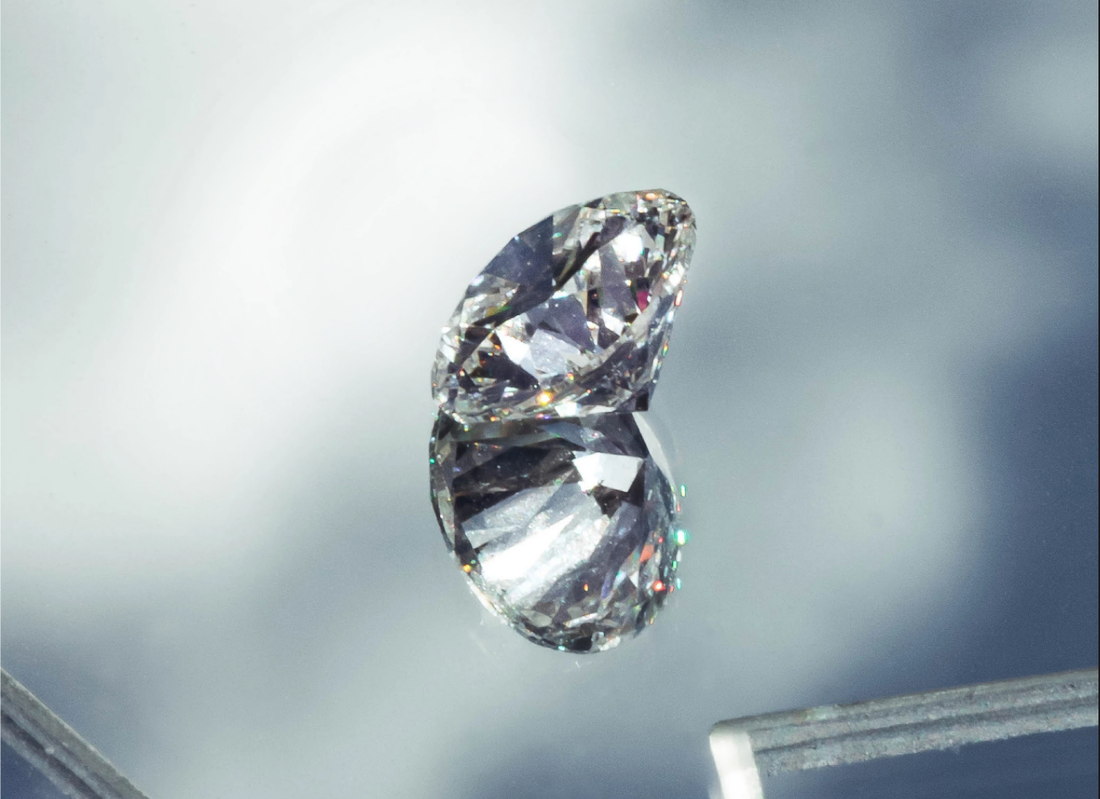
In my previous post I listed some common ways that we use to capture Carbon Dioxide from the air. In this article I’ll list what the most popular things to do with all that carbon are:
- We can convert it into a product, like plastics or fuels, and sell it
- We can sell it directly, as carbon credits
- Or we can store it, permanently (and still make money from the carbon credits)
Geological Storage
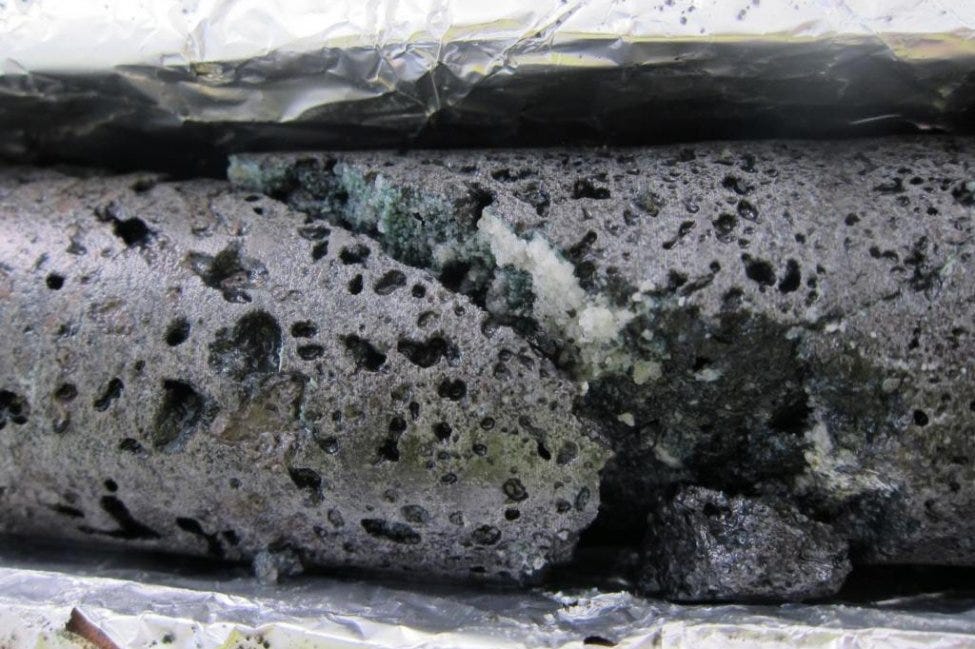
This is the most permanent way to store Carbon away from the atmosphere and it works by injecting liquid CO2 into porous rocks, like basalts, where it gets crystallized for thousands of years.
The risk of it being released back in the atmosphere is low as it gets crystallized and the geological capacity of storing all that excess atmosphere carbon is huge. Basically, geological formations around the world can take all the excess carbon dioxide, and then more.
Northern Lights is a company that is doing this type of storage and they are collaborating with Climeworks.
Enhanced Oil Recovery
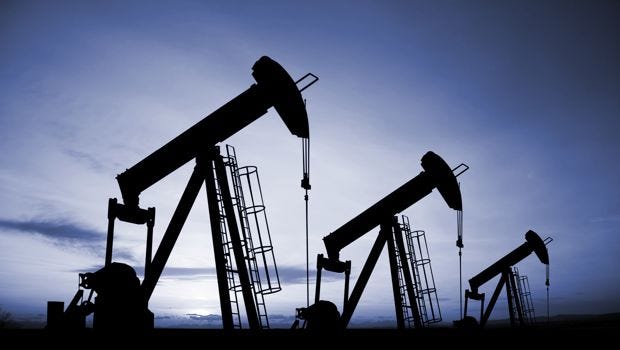
This is similar with above, only the CO2 is stored in former oil reservoirs and it’s used to push remaining oil back to the surface. It’s obviously the one with the biggest financial incentive but the activity of putting CO2 back in the ground only to push more of it to the atmosphere is ethically challenged, at least.
The way it works is that there is always some left over oil (or methane) in reservoirs that doesn’t come out to the surface due to lack of pressure. Adding some liquid to the reservoirs helps increase the pressure and push out the remaining resources.
The storage capacity is thousands of years, the likelihood of release is low and there is already infrastructure to carry that CO2 to the burying site, so that is a well established method.
Concrete and wood in the building industry
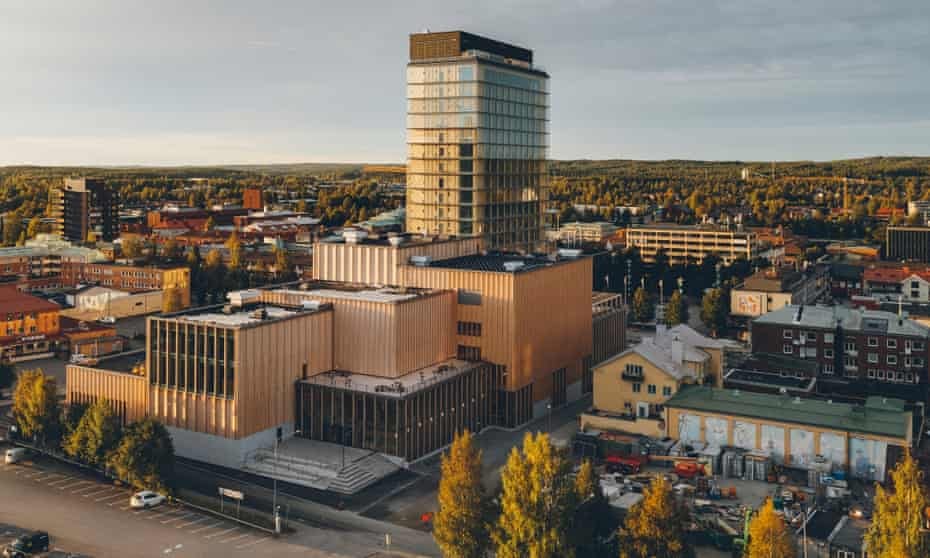
We know that we’re only going to be building more cities in the coming decades and concrete is going to be a big part of them. There are already some companies, like Carbon Cure, that are permanently embedding CO2 in cement. This means that the more concrete building you make with that process, the more CO2 you sequester. It’s a win-win!
The CO2 can be stored for centuries and the likelihood of release is low.
Regarding wood, the thinking goes: if trees capture carbon and if trees can be cut down into buildings and furniture, does this mean that we can store CO2 in them? The answer is yes, so that is another pathway - Sweden even built a 20-story tower out of wood.
Mineralization
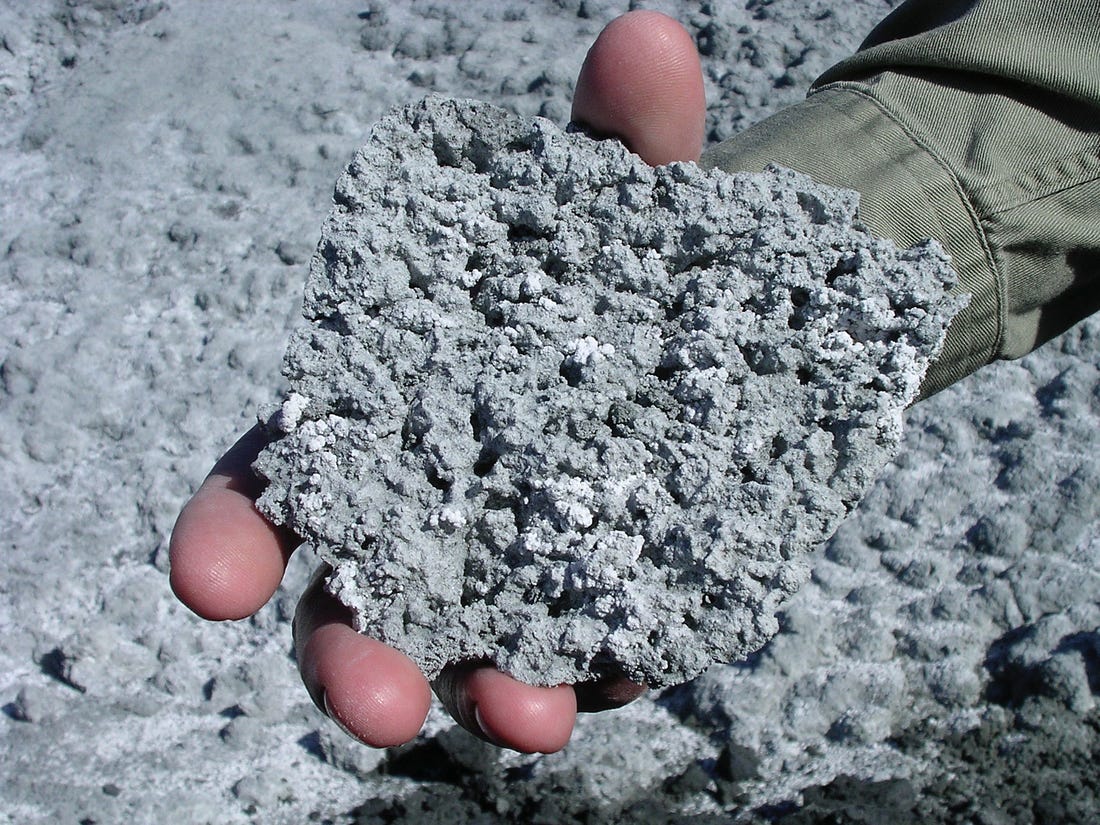
This is chemically similar to geological storage but it happens on the surface of Earth. When some rocks (like basalts and ultramafic rocks) come into contact with CO2 they absorb it and permanently store it. In order to increase the surface area of these rocks, they are broken down into small pieces or dust and then exposed to atmospheric air by being sprinkled on agricultural fields.
The CO2 can be stored for centuries and the likelihood of release is low, but there are not enough rocks in the surface to have any impact, especially compared to underground ones in Geological Storage.
Bio-Fuels

Now we’re getting in the territory of utilizing CO2 in order to create products to sell, mainly fuels. Whether it is algae produced biomass or other plant biomass (like corn, agricultural and other waste), this can be chemically converted into bio-fuels like ethanol or methane.
We’re obviously not talking about storage anymore as the captured CO2 in the fuels is going to go back in the atmosphere as soon as that fuel is burned, but at least this fuel will not come from underground oil, meaning that the process is “carbon neutral” (compared to carbon negative as is the cases with the methods above).
And before you reject this usage as harmful (or not beneficial) for the environment, consider that even if we electricize the entire transportation industry there is no, at least currently and in the near future, battery large to hold enough energy for vehicles like commercial airplanes. Algal jet fuel are going to be a thing of the future.
More Algae products

Algae are amazing microorganisms. Not only do they capture a lot of CO2, fast, but they can also produce a lot of different products via some chemical convertion.
Some of them are:
- Plastics like straws from Loliware
- Superfoods like Spirulina or supplements like omega-3. In fact omega-3 fatty acids from algae are considered to be of better quality than fish-sourced and they doesn’t contribute to over-fishing, which is another ecological problem
- Fish-food, which has the same benefits with above
Diamonds
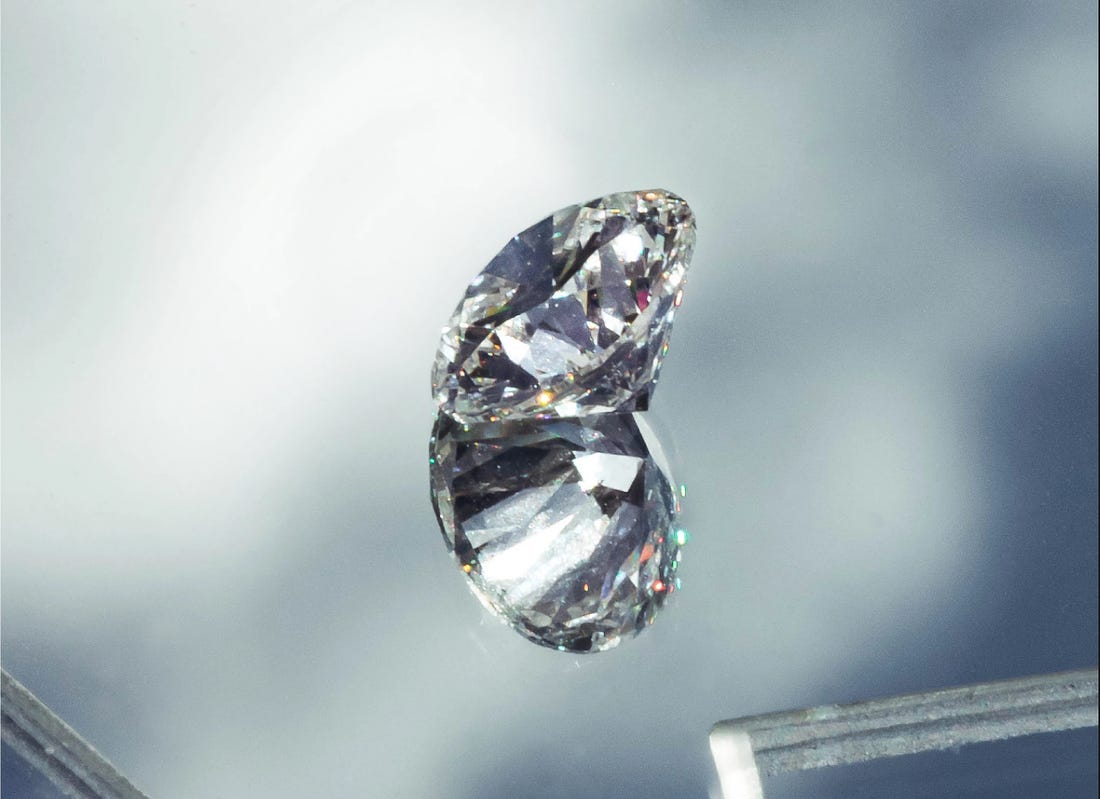
Not joking, these are a thing. It’s obviously not cheap and scalable but why not also create luxury products from CO2?



